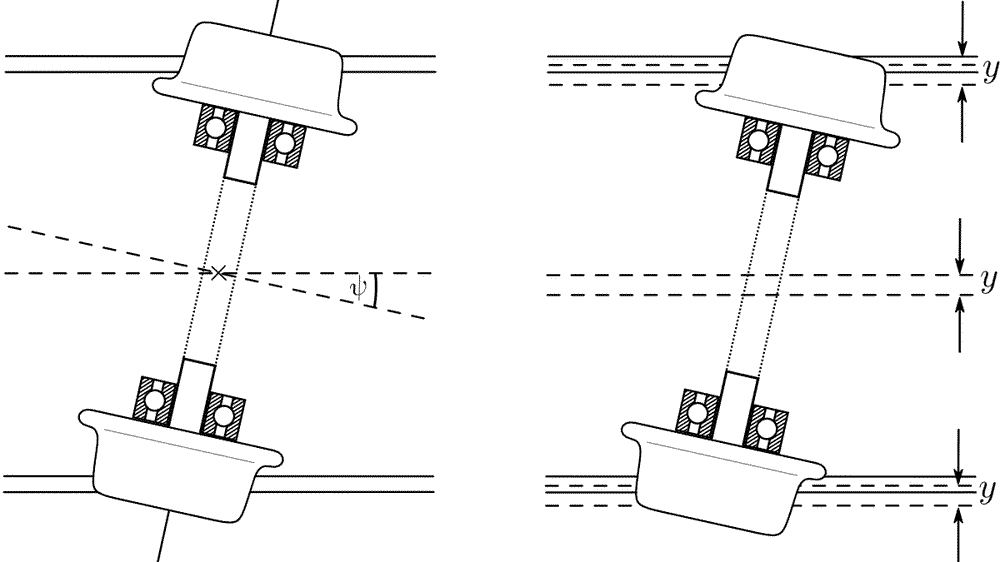Propulsion and Coupling (ProCo)
The global challenges of transport in terms of climate change, securing mobility and managing the transition to a sustainable transport system are complex. The ProCo project represents a holistic and integrated approach that aims to enable climate-friendly, resource-efficient and sustainable rail transport.
The project essentially comprises and develops vehicle-side technologies. The focus is on 1) the continuation of chassis development from the NGT-BIT project, 2) safe and efficient vehicle platforms using virtual coupling, 3) vehicle energy supply with hybrid drive concepts (hydrogen, battery) and 4) self-propelled bogies with integrated drive and energy supply for freight transport applications. The ProCo project is researching how the multi-objective optimisation of electric, battery or hydrogen-powered energy supply, drive and chassis technology can be solved in the field of tension between energy, efficiency, economy and ecology. ProCo develops new methods and technologies: The solutions for rail transport are demonstrated, verified and validated via digital twins and, where possible, on test benches and in demonstrators. Both the NGT TAXI and suitable NGT CARGO applications will be the lead concepts and platforms for demonstrating new concepts, new technologies and new application processes. The overarching goal is to ensure and increase the attractiveness of rail passenger and rail freight transport as part of the overall transport system from both a strong operator- and user-oriented perspective. Holistic approaches and numerical analyses are essential for a fundamental improvement; in particular the use of digital twins for sensitivity analyses and optimisations. A digital twin is a digital representation of trains, infrastructure and operational tasks that collects all relevant information in a coherent and integrated manner. The introduction of modular digital twins is a multidisciplinary task that is being driven forward by the various DLR institutes involved in the ProCo project. The ProCo project is based on the four cornerstones of energy, efficiency, economy and ecology.

